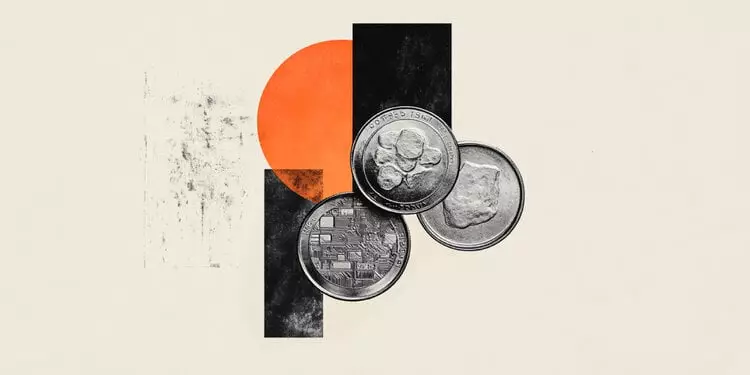Silver has experienced a notable decline, retreating to approximately $32.54 after a failure to maintain its position above the psychologically significant $33.00 threshold. This level has acted as a critical resistance point, and the inability to close above it has intensified the sell-off, dropping the price 1.20%. The market indicators highlight a mixed momentum, with the Relative Strength Index (RSI) revealing a downward slope despite being in bullish territory. If buyers do not push past the February 20 peak of $33.20, further upward movement appears increasingly uncertain. The potential for recovery is hinged on overcoming this resistance, with further targets set at $33.39 and subsequently the $34.00 range.
Conversely, a slip below the $32.00 support could spell trouble for silver prices, inviting a wave of selling pressure that may test crucial support levels. The first major line of defense lies with the 100-day Simple Moving Average (SMA) around $31.12, followed by the 50-day SMA and 200-day SMA, which sit at approximately $30.70 and $30.46, respectively. The failure to stabilize at these support points would likely accelerate a bearish sentiment in the market.
The market dynamics surrounding silver are significantly influenced by various economic indicators and geopolitical factors. Recent trends have highlighted that, in the face of falling U.S. Treasury yields – which have retreated almost eight basis points to 4.431% – silver has not capitalized on the potential for an upward surge often associated with reduced yields. Typically, lower interest rates, by diminishing the opportunity cost associated with holding non-yielding assets like silver, would buoy prices. Yet, the current scenario presents an intriguing contrast.
A considerable aspect that investors must navigate is the fluctuating strength of the U.S. Dollar. Since silver is predominantly priced in dollars (XAG/USD), a strong dollar tends to cap silver prices, while a weakness in the dollar can facilitate gains. This intricate relationship demonstrates how the movements of the dollar have direct correlations with silver pricing, accentuating the necessity for investors to monitor dollar trends closely.
Silver’s appeal to investors is multi-faceted, as it serves both as a haven during economic malaise and as a vital industrial component. This precious metal is gaining traction as more than just an investment; it plays crucial roles in various industries, particularly in electronics and renewable energy. Its remarkable electrical conductivity makes it irreplaceable in numerous applications where efficiency is paramount. A spike in industrial demand has the potential to exert upward pressure on prices, whilst a slowdown could have the opposite effect.
Moreover, the demographic and economic dynamics of leading nations like the U.S., China, and India also shape silver prices. The robust industrial backbone of China and India’s substantial consumption for jewelry ambition contribute crucially to the demand-supply equation of silver, making fluctuations in these regions noteworthy for traders.
Finally, it is essential to examine silver’s correlation with gold, as their price movements often mirror each other. The Gold/Silver ratio serves as a valuable analytical tool, allowing investors to gauge the relative value of these two precious metals. A high Gold/Silver ratio may suggest that silver is undervalued, making it an attractive option for portfolio diversification. Conversely, a low ratio might signal an overvaluation of gold relative to silver.
Understanding these nuances is vital for crafting trading strategies in a precious metals portfolio. As the intricacies of market influences continue to evolve, traders must adopt a holistic approach that takes into account technical analysis, economic conditions, and industry demands. This comprehensive understanding of silver’s market behavior not only helps investors make informed decisions but also assists in mitigating risks associated with price volatility in the ever-changing landscape of precious metals.

